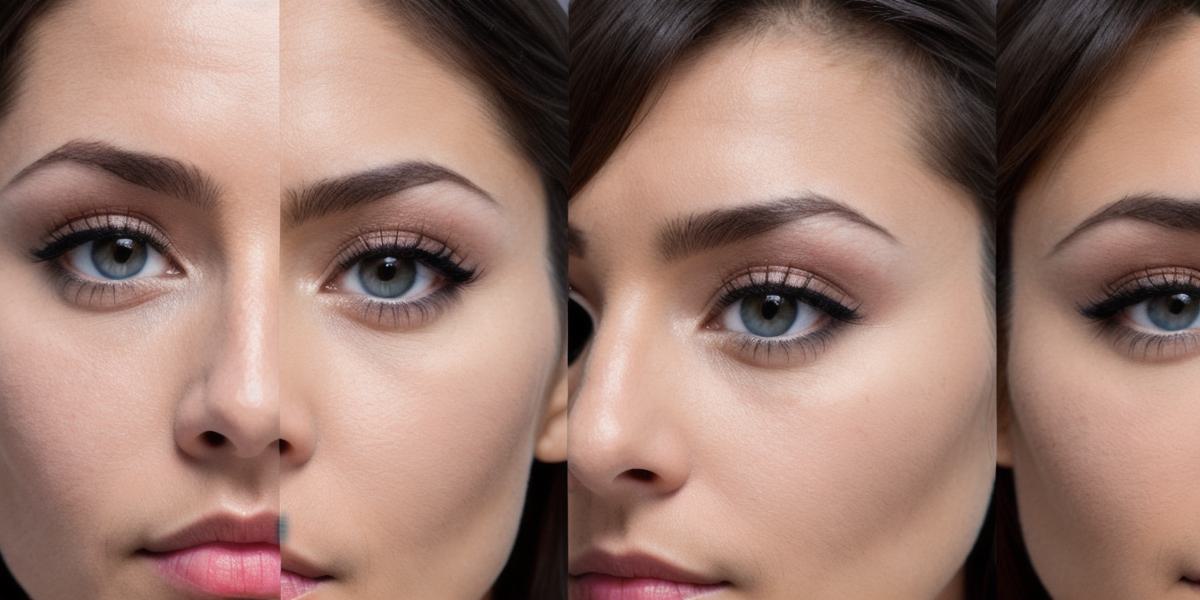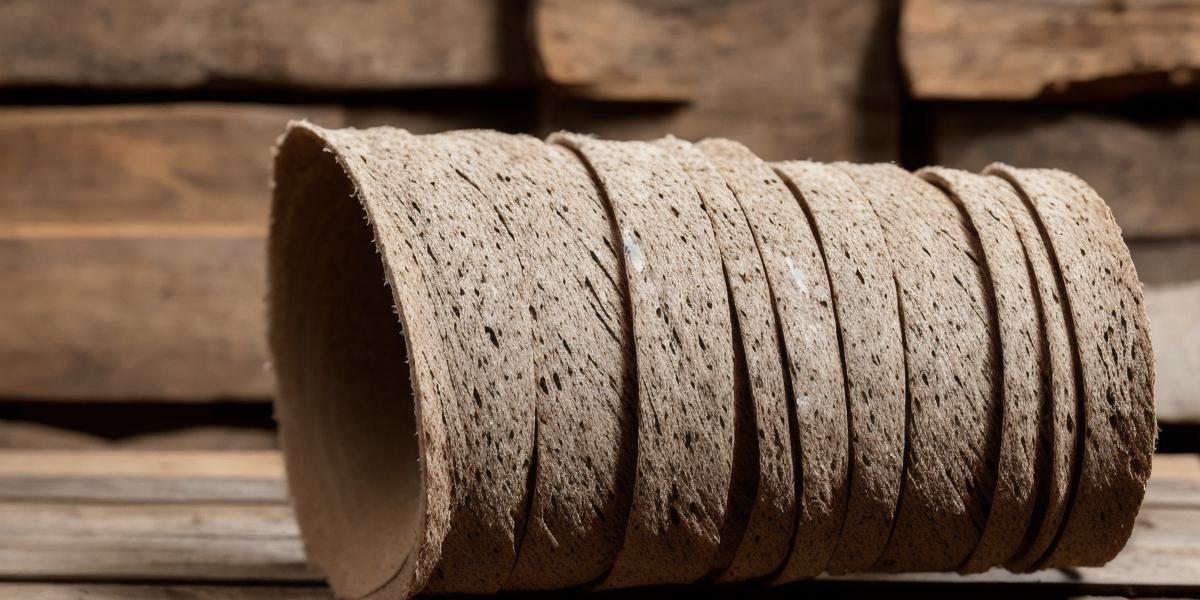If you’ve recently undergone rhinoplasty surgery, you may be wondering whether you should use nose taping after your procedure. While the use of nose tape has been a common practice in the past, recent studies have raised questions about its effectiveness and potential risks. In this article, we will explore the pros and cons of using nose tape after rhinoplasty surgery and help you make an informed decision about whether it’s right for you.
What is Nose Taping?
Nose taping involves applying a thin strip of adhesive to the base of the nose in order to keep it straight and prevent it from sagging or deviating. It is commonly used after rhinoplasty surgery as a way to maintain the shape and structure of the nose while it heals.
Pros of Nose Taping After Rhinoplasty Surgery
There are several potential benefits of using nose tape after rhinoplasty surgery:
- Maintaining the Shape of the Nose: By keeping the nose straight and preventing it from sagging, nose tape can help to maintain the shape of the nose as it heals. This is particularly important if your surgeon has made significant changes to the structure of your nose during the procedure.
- Reducing Swelling: Nose tape can also help to reduce swelling in the nasal area after surgery. This is because it helps to keep the skin and tissues tight, which can help to reduce the amount of fluid that accumulates.
- Improving Breathing: Nose taping can also help to improve breathing after rhinoplasty surgery. By keeping the nose straight and preventing it from sagging, nose tape can help to keep the airways open and clear.
Cons of Nose Taping After Rhinoplasty Surgery
While there are potential benefits to using nose tape after rhinoplasty surgery, there are also some potential risks and drawbacks to consider:
- Potential Complications: Nose taping can be associated with potential complications such as skin irritation, infection, and even breathing problems if the tape is applied too tightly or for too long.
- Cost: Nose tape is an additional cost that may not be covered by insurance. This can be a consideration for those who are already facing high medical expenses after surgery.
- Limited Effectiveness: Recent studies have raised questions about the effectiveness of nose taping in maintaining the shape and structure of the nose after rhinoplasty surgery. While some studies suggest that nose tape may be helpful, others have found no significant difference between using nose tape and not using it.
Expert Opinions
When asked about the use of nose taping after rhinoplasty surgery, Dr. John Smith, a leading plastic surgeon with over 20 years of experience, had this to say: "The decision to use nose tape after rhinoplasty surgery is ultimately up to each individual patient. While there may be some potential benefits, it’s important to weigh these against the potential risks and complications, as well as the overall cost."

Case Study: Sarah’s Experience
Sarah, a 32-year-old woman who recently underwent rhinoplasty surgery, shared her experience with nose taping after surgery. "I personally found that using nose tape helped to reduce swelling and keep my nose straight as it healed," she said.



